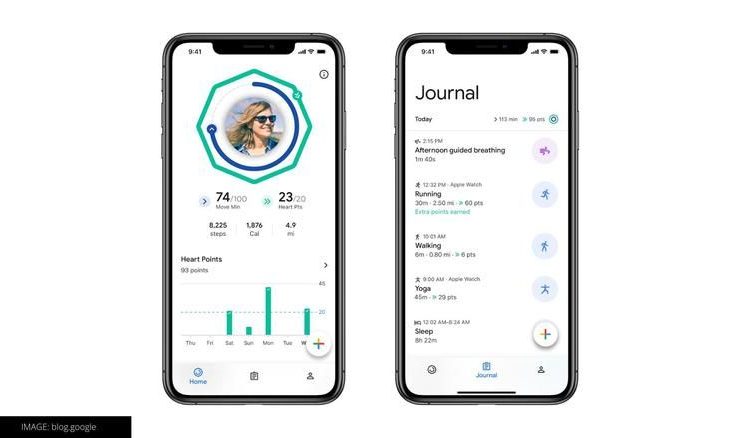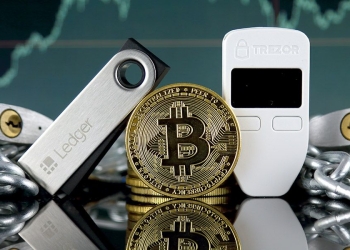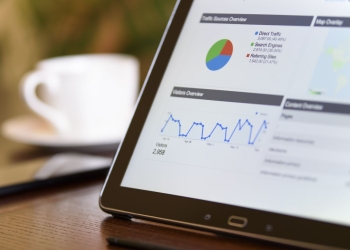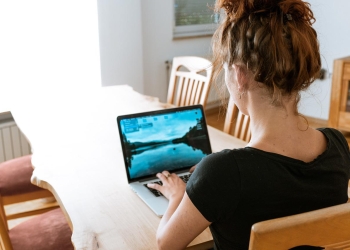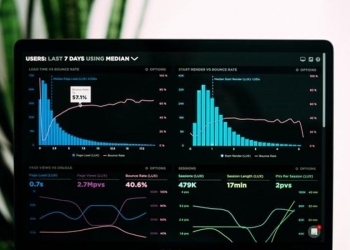Google Fit for iOS now has the ability to measure heart rate and respiratory rate using the device’s camera. According to reports, Google Fit for iOS now has the ability to monitor and measure heart and respiratory rate using the iPhone’s camera. When a user applies light pressure to the rear camera lens, the fitness app can assess their heart rate. It may also operate if the user’s smartphone is not connected to the internet. The front camera, on the other hand, monitors the rate at which a person breathes (BPM). The heart and respiratory rate tracking feature in Google Fit was first offered in February for Google Pixel smartphones.
When a person places a finger on the rear camera sensor and applies light pressure, Google Fit monitors their heart rate. In low-light situations, the fitness tracking app can make use of the smartphone’s flash to improve accuracy. Users can also place their palms and iPhones in front of a source of light. To approximate blood flow, Google measures the heartbeat by measuring “subtle variations in the color of your fingers.” Lighting, skin tone, age, and other aspects are all taken into account by the heart rate algorithms.
Reforming the Sports eco-system in India- AFI & IOS Sports join Hands
The selfie camera on an iPhone can also detect a user’s respiratory rate by recording their breaths per second, according to Google Fit for iOS. Users must maintain their phone firm and stable, with their head and body clearly visible in the app’s display, for this to operate. The user is instructed to “hold still” for around half a minute by prompts on the screen. The user’s respiration rate is measured using subtle chest movements and computer vision tracking of minor bodily motions.
Measurements on Google Fit can also be started by going to the Browse tab and selecting Vitals from the drop-down menu. Users can also create reminders for their measurements. Google Fit’s heart and respiratory rate measuring features were initially introduced in February. The features were first released for Pixel phones, but they soon made their way to other Android phones.

